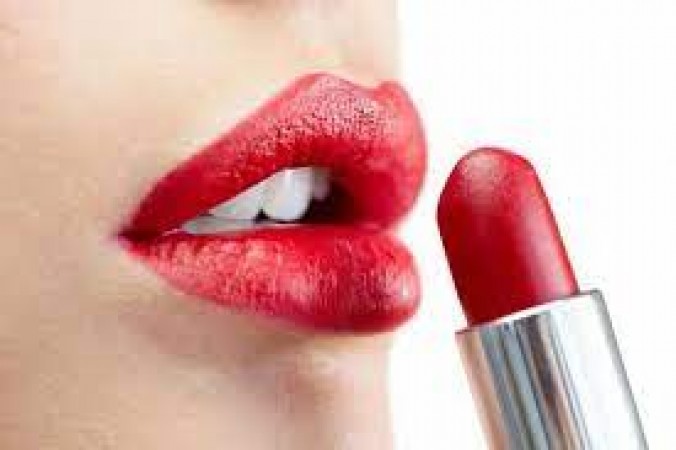
Lipstick has been a staple in makeup routines for centuries, adding color and allure to one's appearance. However, like many beauty products, using lipstick excessively can have its drawbacks. While a pop of color can enhance your look, overindulgence may lead to unforeseen consequences. Let's delve into the disadvantages of excessive lipstick use.
Before exploring the downsides, it's essential to understand what goes into lipstick. Lipstick typically comprises various ingredients, including pigments, oils, waxes, and emollients. While these components contribute to its texture and color, some may pose risks with prolonged or excessive use.
Many lipsticks contain chemicals such as lead, parabens, and phthalates, which are known to have adverse effects on health. Lead, for instance, is a neurotoxin that can accumulate in the body over time, potentially causing neurological issues and other health concerns.
One common downside of excessive lipstick use is dryness and chapping of the lips. Some lipsticks contain ingredients that can strip the lips of natural moisture, leading to dryness and irritation. Constant reapplication of lipstick without proper hydration can exacerbate this issue, leaving lips cracked and uncomfortable.
Certain individuals may be sensitive to ingredients found in lipsticks, leading to allergic reactions. Symptoms may include redness, swelling, itching, or even blistering around the lips. Continuous exposure to allergens in lipstick can worsen these reactions over time, making it essential to identify and avoid problematic ingredients.
Beyond immediate concerns, excessive lipstick use can have long-term effects on lip health and overall well-being.
Repeated application of highly pigmented lipsticks may cause discoloration of the lips over time. Dark or intense shades, particularly those containing dyes or chemicals, can stain the lips, resulting in a permanent or semi-permanent tint.
Constantly puckering up for lipstick application and removal can contribute to premature aging of the lips. Pulling and tugging at delicate lip skin may lead to fine lines, wrinkles, and loss of elasticity, giving the appearance of older lips.
In addition to aesthetic concerns, excessive lipstick use may pose broader health risks. The ingestion of lipstick, whether intentional or unintentional, raises concerns about the potential ingestion of harmful chemicals, particularly in products containing lead or other toxic substances.
While the allure of lipstick is undeniable, it's essential to strike a balance between beauty and health. Here are some tips to enjoy lipstick responsibly:
Opt for lipsticks from reputable brands known for their safety and quality. Look for labels indicating that products are lead-free, hypoallergenic, and dermatologist-tested.
Prioritize lip care by regularly moisturizing your lips with hydrating balms or treatments. This helps combat dryness and maintains the health of your lips, allowing you to enjoy lipstick without adverse effects.
Avoid using the same intense shades every day to minimize the risk of lip discoloration. Rotate between different colors and formulations to give your lips a break and reduce pigment buildup.
When removing lipstick, use gentle methods to avoid unnecessary strain on your lips. Opt for makeup removers specifically formulated for lips or use natural oils like coconut or almond oil to dissolve lipstick without harsh scrubbing. While lipstick can undoubtedly enhance your appearance, excessive use can come with consequences. From dryness and chapping to long-term health risks, it's crucial to be mindful of how much lipstick you use and its potential impact on your lips and overall well-being. By practicing moderation, choosing quality products, and prioritizing lip care, you can enjoy the beauty of lipstick without compromising your health.
If you are defrauded through call, message or WhatsApp, then complain here
New way of smuggling gold ... Amul butter used
After all, on what matter did the father bring himself down with the children to death?